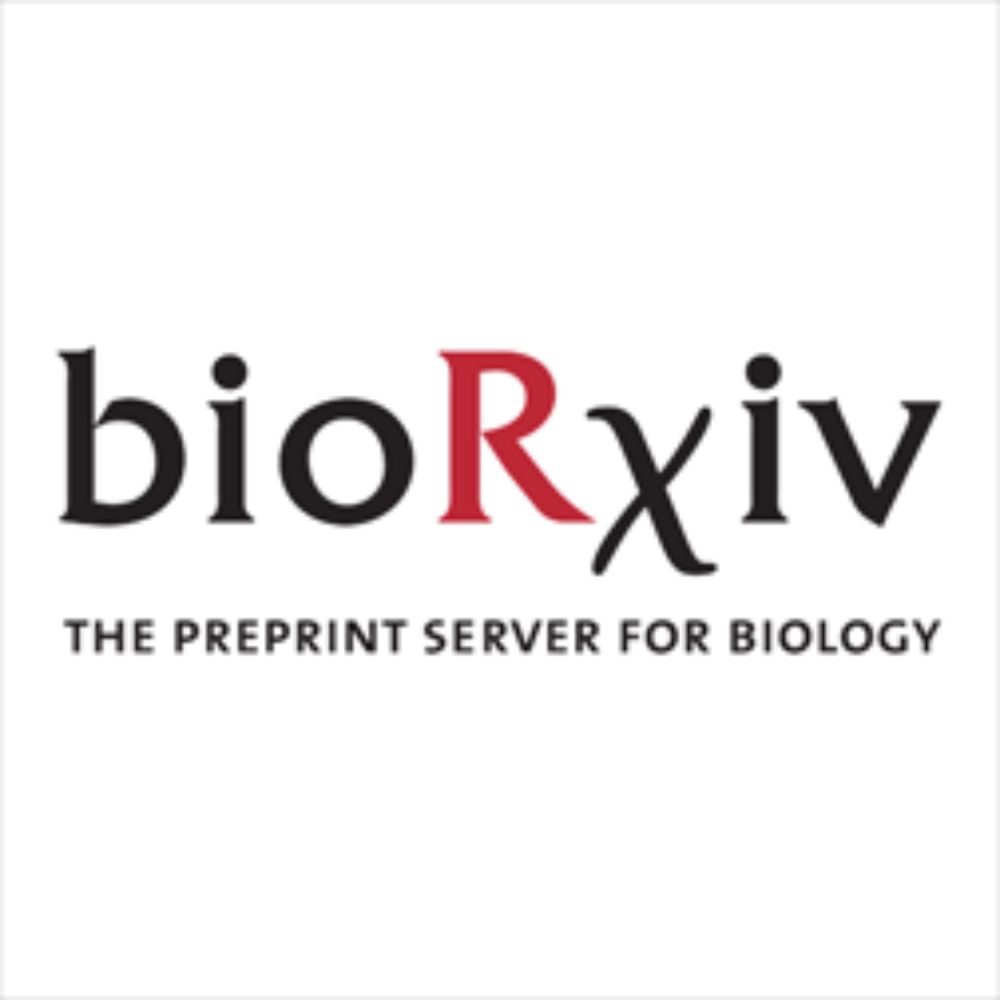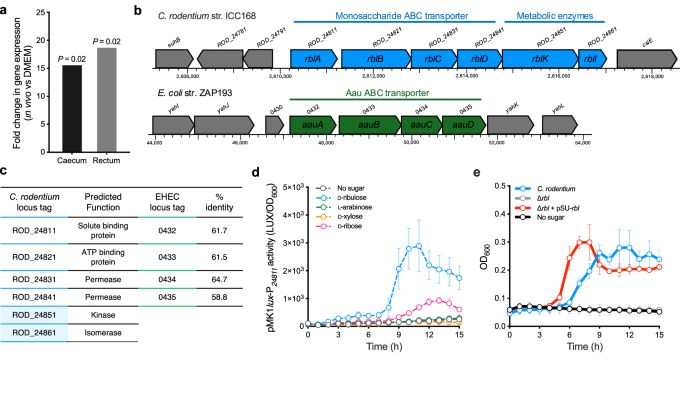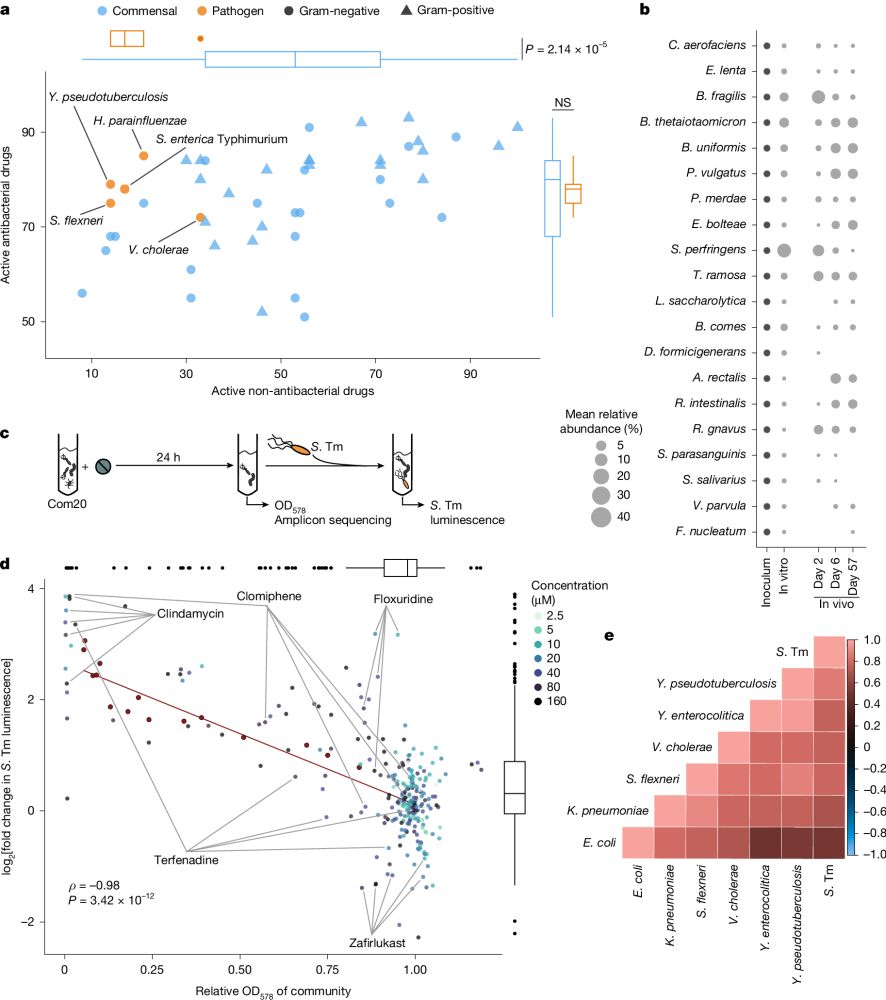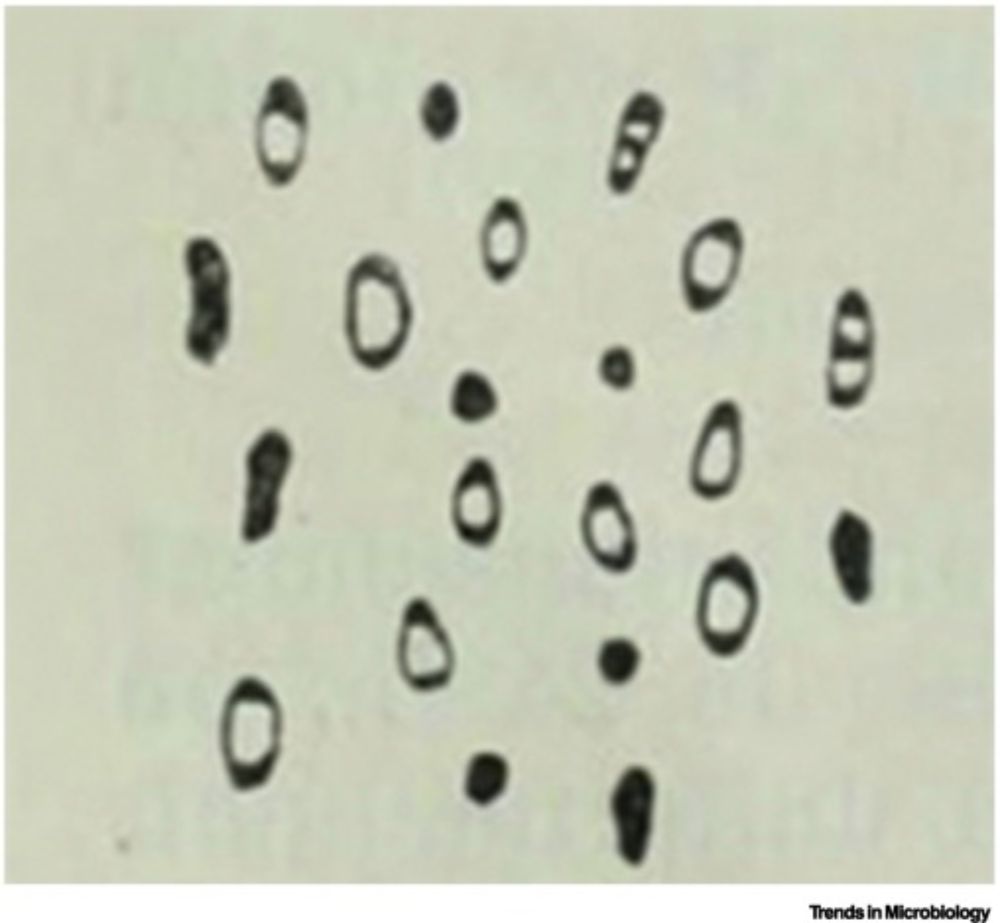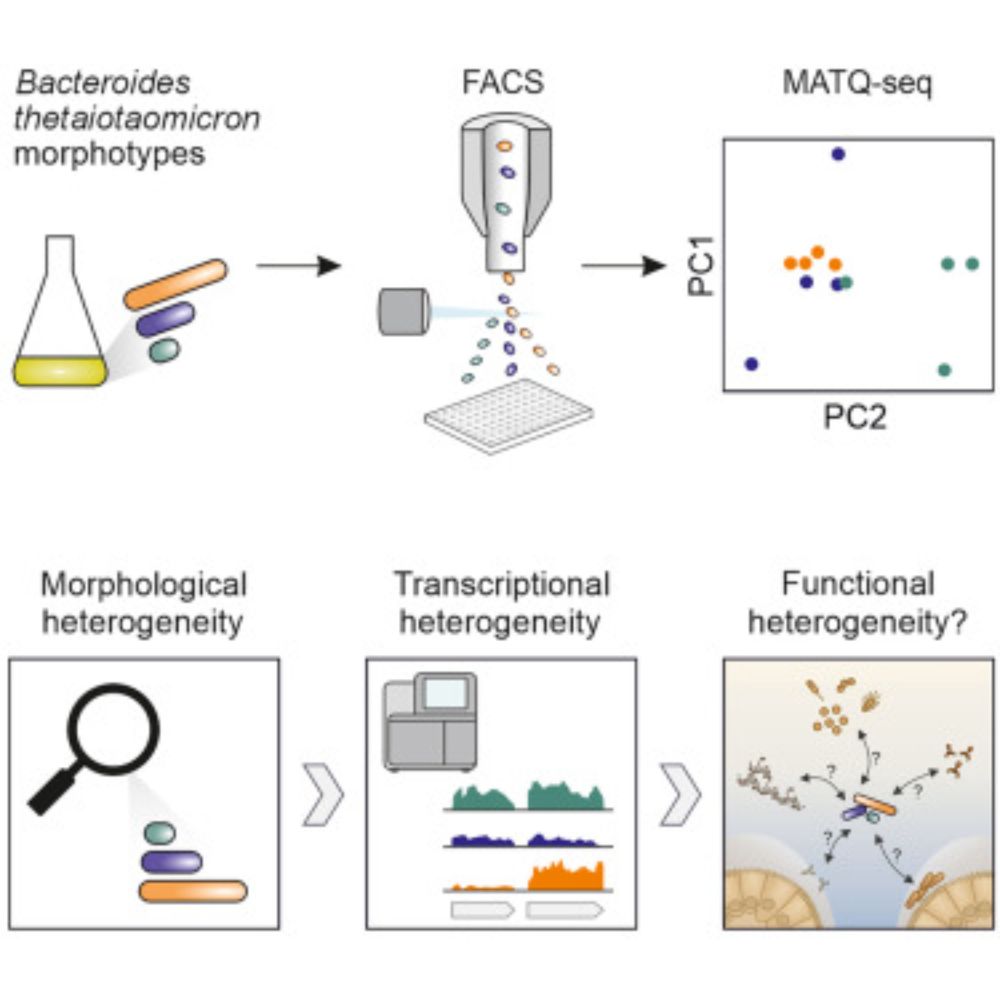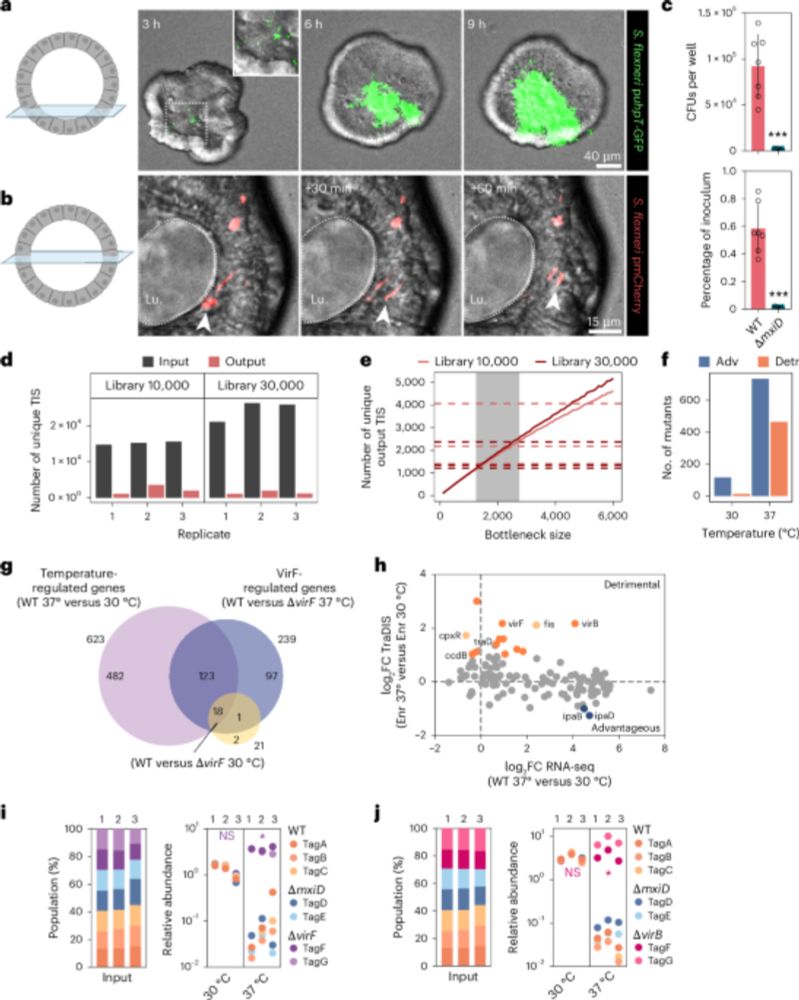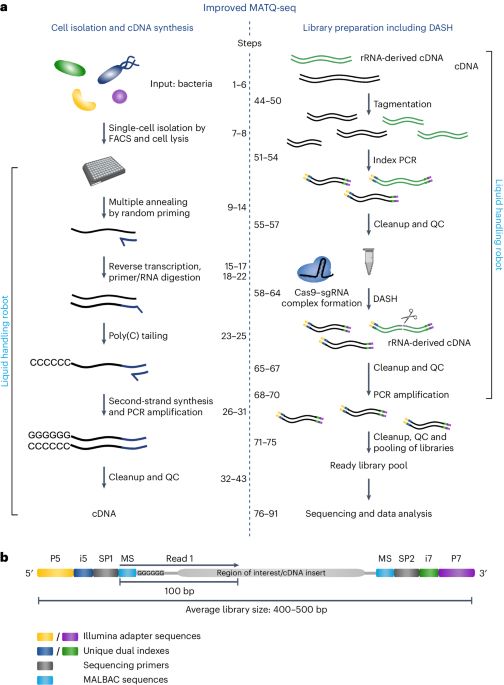
How does a bacterial small RNA evolve new functions?
Our new study reveals the stepwise evolutionary journey of UhpU, a 3′UTR-derived sRNA in E. coli and relatives. It evolved from a metabolically-focused regulator to one with expanded targets and biogenesis manner.
www.pnas.org/doi/10.1073/...
04.12.2025 19:50 — 👍 8 🔁 9 💬 2 📌 0
Job offer for a PhD student position at the Chair of Microbiology
🔊 Interested in doing a PhD on RNA-binding proteins in an abundant microbiota species and becoming a member of the German Priority Programme “Illuminating Gene Functions in the Human Gut Microbiome”? Apply here: www.uni-wuerzburg.de/karriere/sin...
01.12.2025 09:20 — 👍 6 🔁 15 💬 0 📌 1

De-DUFing the DUFs 🧩 @franznarberhaus.bsky.social lab uncovers how small DUF1127 proteins regulate #phosphate uptake by binding the sensor kinase PhoR. Their conserved role from Agrobacterium to E. coli highlights how even small DUFs can shape bacterial physiology 🦠
buff.ly/jJd9Eho
21.10.2025 07:01 — 👍 21 🔁 14 💬 1 📌 0

Excited to share our preprint led by Carlos Voogdt et al
We developed new genetic tools & genome-wide libraries for species of the Bacteroidales order; constructed saturated barcoded transposon libraries in key representatives of three genera.
www.biorxiv.org/content/10.1...
13.10.2025 07:47 — 👍 83 🔁 44 💬 2 📌 4

Congrats to Ann-Sophie Rüttiger who successfully defended her PhD this week! 🎓
She focused on global RNA-binding proteins in Bacteroides—bacteria lacking Hfq, ProQ, CsrA, Khp—culminating in the discovery of a post-transcriptional network governed by RbpB (www.nature.com/articles/s41467-024-55383-8).
25.09.2025 10:12 — 👍 14 🔁 3 💬 0 📌 0

Looking for a new approach to studying or eliminating phages? Check out our study introducing anti-phage ASOs (antisense oligos) out in @Nature today. nature.com/articles/s4158…
10.09.2025 15:40 — 👍 133 🔁 65 💬 4 📌 2

Starting the meeting microbes and RNA- Gerhart on stage - lifetime achievement Lecture - congrats Gerhart!
01.09.2025 14:19 — 👍 5 🔁 1 💬 2 📌 0
A Salmonella T3SS-2 mutant grows fine in spleen macrophages, contradicting tissue culture dogma (PMID: 23236281). This observation was largely ignored, but adding certain carbon sources rescues growth in cultured macrophages, hinting that T3SS-2 may be doing something entirely different in vivo.
09.08.2025 00:18 — 👍 25 🔁 11 💬 0 📌 1
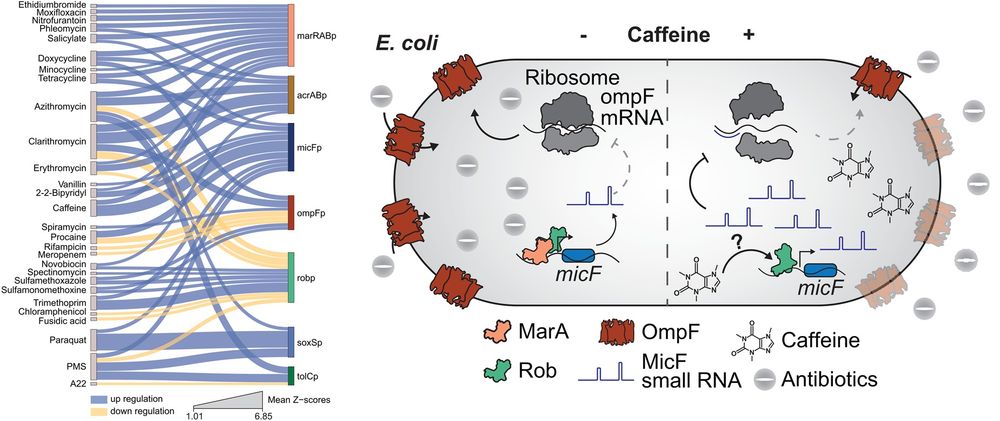
Left: Compound-promoter interaction network. Fifty-three significant compound-promoter interactions are shown as edges in a Sankey diagram connecting the compounds (left, source nodes) to the promoters (right, target nodes). Edge thickness represents mean Z-scores (n = 8), while node size represents the total number of interactions. Right: Proposed model for the molecular mechanism of caffeine-ciprofloxacin antagonism. Caffeine triggers expression of MicF small RNA in a Rob-dependent manner, which then binds to the 5′-UTR of ompF mRNA to inhibit and decrease OmpF protein levels. This ultimately prevents ciprofloxacin from entering the cell, resulting in caffeine-ciprofloxacin antagonism
How are bacterial transport machineries regulated by external cues? @brochadolab.bsky.social &co identify environmental chemicals that regulate #transporter transcription, identifying the TF Rob as a key modulator of #EffluxPump expression in #Ecoli #AMR @plosbiology.org 🧪 plos.io/46pUM9Q
23.07.2025 09:20 — 👍 36 🔁 13 💬 1 📌 0
New preprint! We characterise the small, regulatory RNA Arp which controls DNA uptake and twitching motilty in A. baumannii. Led by our Dr Fergal Hamrock @hamrockfergal.bsky.social and in collaboration with @westermannlab.bsky.social and Mike Gebhardt's lab!
21.07.2025 14:56 — 👍 3 🔁 6 💬 0 📌 1
Congrats to Gianluca Prezza (@gprezza.bsky.social) for reveiving the 2025 PhD Award from the Friends of the Helmholtz Centre for Infection Research (HZI)!👏 The award honours excellent PhD theses from the field of life sciences at HZI partner universities. His thesis focused Bacteroides' RNA biology.
11.07.2025 09:35 — 👍 10 🔁 3 💬 0 📌 1
Thank you to all students and to the GSLS for this award! It means a lot to me! (-AW)
07.07.2025 07:46 — 👍 10 🔁 0 💬 1 📌 0
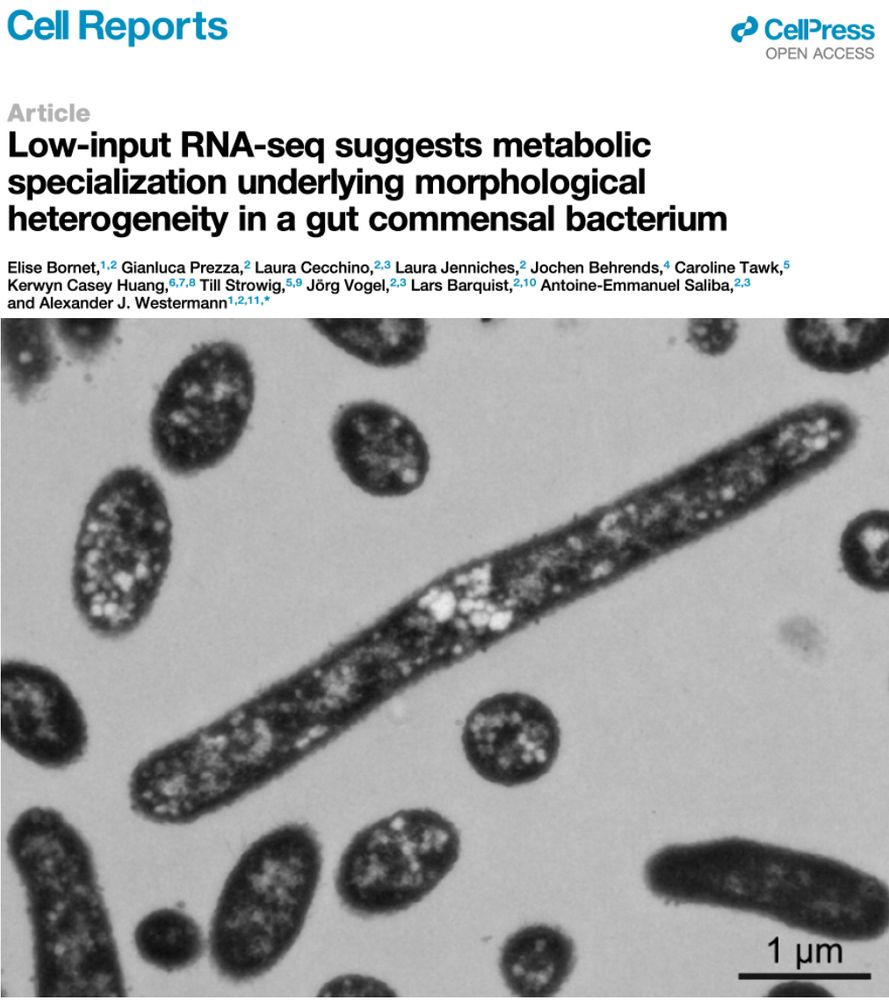
𝔟α𝐜𝐓𝕖Ř𝒾ⒶĹ SHⓐ𝓹Ẹ 丂ħ𝓲ƒ𝓉ⒺⓇร 🦠
Ultra-sensitive RNA-seq and FISH show 𝘉𝘢𝘤𝘵𝘦𝘳𝘰𝘪𝘥𝘦𝘴 𝘵𝘩𝘦𝘵𝘢𝘪𝘰𝘵𝘢𝘰𝘮𝘪𝘤𝘳𝘰𝘯 cells adopt different shapes reflecting distinct gene expression profiles and metabolic specializations
A deliberate survival strategy for the ever-changing gut environment?
www.cell.com/cell-reports...
18.06.2025 01:02 — 👍 14 🔁 8 💬 0 📌 0
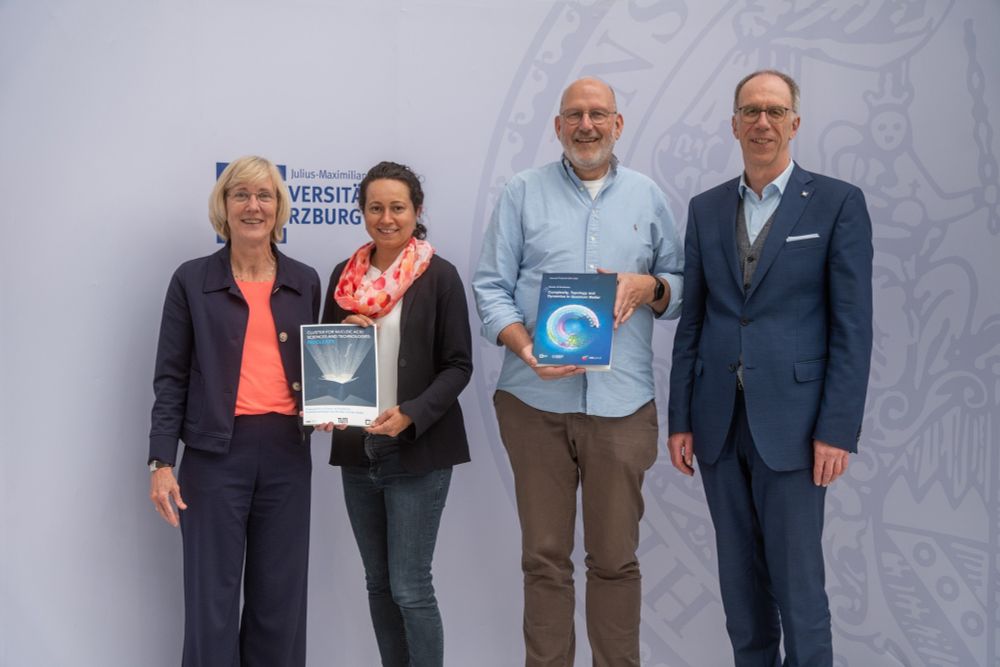
Freude über den Doppelerfolg: Zwei Würzburger Forschungsvorhaben haben sich im Exzellenzwettbewerb durchgesetzt und erhalten Mittel aus der begehrten Millionenförderung. Von links: Caroline Kisker (Würzburger Koordinatorin von NUCLEATE und Vizepräsidentin), Cynthia Sharma (Würzburger Speakerin von NUCLEATE), Ralph Claessen (Würzburger Speaker von ctd.qmat) und Universitätspräsident Paul Pauli (Bild: Jonas Blank / JMU)
Erfolg auf ganzer Linie: zwei Exzellenzcluster für Würzburg! 🥂🚀
Im Rahmen der #ExStra wird nicht nur der Quantenphysik-Cluster ctd.qmat weiterhin gefördert. Mit NUCLEATE, einem Forschungsprojekt zu Nukleinsäuren, kommt noch ein zweiter Cluster hinzu!
➡️ go.uniwue.de/xstra25
22.05.2025 16:49 — 👍 46 🔁 15 💬 2 📌 2
And this only the beginning! I’m glad we did that collaboration with the Maric lab. ASOs for the people!
05.05.2025 14:00 — 👍 9 🔁 4 💬 0 📌 0

Enabling next-generation anaerobic cultivation through biotechnology to advance functional microbiome research
Nature Biotechnology - Overcoming key hurdles for the development of next-generation anaerobic cultivation methods could have major impacts on microbial community research and applications.
Here we share thoughts on next-gen cultivation: rdcu.be/ejPSb. Hope it helps 😄 Was fun to write with great colleagues @lisamaierlab.bsky.social @jselkrig.bsky.social @baerboletta.bsky.social @typaslab.bsky.social @mmmicrobiomelab.bsky.social @leibniz-dsmz.bsky.social @westermannlab.bsky.social
29.04.2025 11:58 — 👍 27 🔁 19 💬 1 📌 3
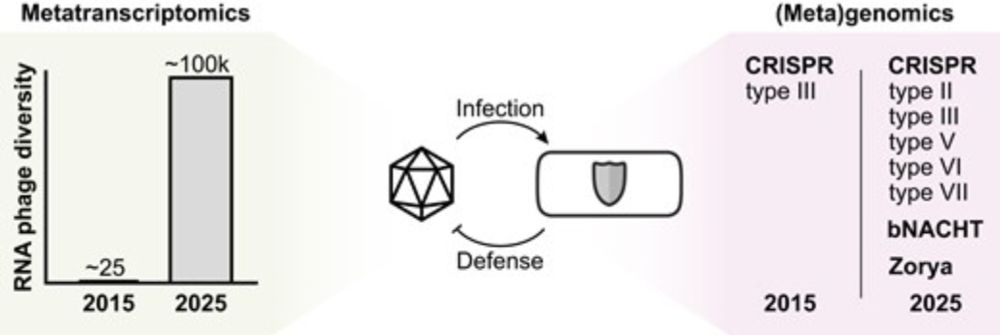
Advancing RNA phage biology through meta-omics
Abstract. Bacteriophages with RNA genomes are among the simplest biological entities on Earth. Since their discovery in the 1960s, they have been used as i
I'm happy to share the first publication from my lab @hoerlab.bsky.social, now out in @narjournal.bsky.social! I take a look at the biology of RNA phages, focusing on how meta-omics methods are discovering new RNA phage families and bacterial defense strategies.
#PhageSky
doi.org/10.1093/nar/...
23.04.2025 08:57 — 👍 57 🔁 26 💬 1 📌 0
Dad, Teacher, Artist, Gardener and Scientist.
Change is permanent. This moment will pass. It has to.
Ps.
All I post is my personal opinion, in my personal times, using my personal tools, not my employers.
BIOspektrum - Das Magazin für Biowissenschaften * Neue Themen aus der Wissenschaft * Nachrichten aus der Scientific Community
http://www.biospektrum.de
Biologist and PhD in Chemistry from 🇦🇷 | Passionate about #microbes | #MSCActions and #EMBL alumni of @zimmermannlab.bsky.social | Proud #mom of 2
Microbiome research, Microbial communities, evolution, infection and diet. Postdoc at Helmholtz HZI. Researcher at Yale MSI Goodman lab. PhD Würzburg Vogel lab. AUB Alumnus.
We use high-throughput MS, bacterial genetics, gnotobiology & computational models to study metabolic interactions in microbial ecosystems
@EMBL
Homepage: https://www.embl.org/groups/zimmermann/
Uncovering the untapped genetic potential of the human gut microbiome: a DFG-funded Priority Programme decoding unknown gene functions and their pathway organisation. Learn more at www.spp2474.de
assistant professor at georgetown | polymicrobial interactions | bacterial physiology | science educator | views my own
www.zarrellalab.org
Lecturer in Bacteriology @ University of Glasgow | de novo evolution of bacterial gene regulatory networks | ✌️❤️RNA | she/her
#Science #PhD #PhDlife #StructuredTraining #UNIWürzburg
@uniwuerzburg.bsky.social
@drcwuerzburg.bsky.social
German scientific society for all those interested in biochemistry, molecular biology, biomedicine, biotechnology, cell biology, genetics...
RNA biology | Gut microbes
https://ibb.edu.pl/en/laboratory/daniel-ryan-phd/
Leader of the Nanoscale Bacteriology research group at the Rudolf Virchow Center @ JMU Würzburg. Revealing the inner life of #bacteria using #SuperResolutionMicroscopy.
Human immunology through the RNA lens. Focused on macrophages, lncRNAs & systems immunology. Professor for RNA- and infection-biology @unimarburg.bsky.social. Web: http://rna-lab.org/
Microbiologist with a particular interest for small RNAs and bacterial persistence ! Alumni of the Vogel and Helaine labs. Researcher in Rennes (Inserm U1230).
Nitrogenase, Biotic and Artificial Metalloenzymes, CO2 and N2 Fixation, Emmy Noether Research Group Leader at the Max Planck Institute for Terrestrial Microbiology: https://www.mpi-marburg.mpg.de/859249/Johannes-Rebelein
News from the Sternberg lab at Columbia University, Howard Hughes Medical Institute.
Posts are from lab members and not Samuel Sternberg unless signed SHS. Posts represent personal views only.
Visit us at www.sternberglab.org
Scientific writer @helmholtz-hiri.bsky.social and editor at Life Science Editors (https://www.lifescienceeditors.com/)
RNA, microbiology, infectious disease; Helmholtz Institute for RNA-based Infection Research & University of Würzburg, Germany
www.helmholtz-hiri.de






